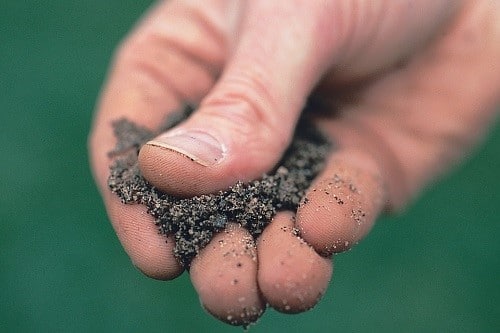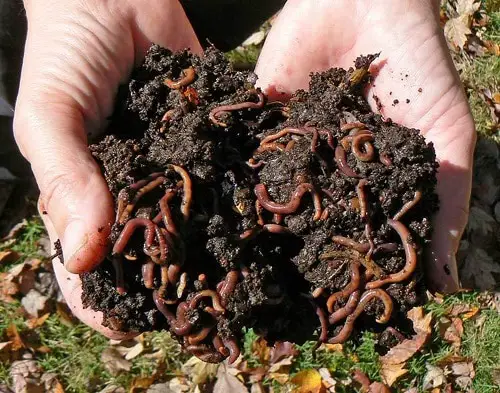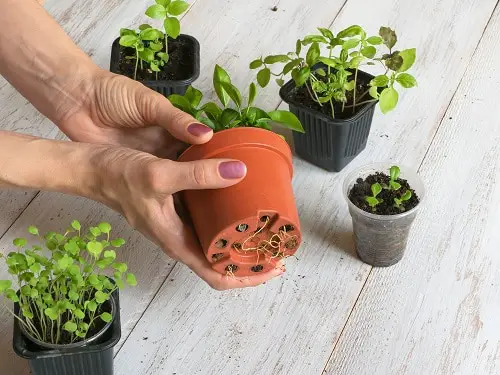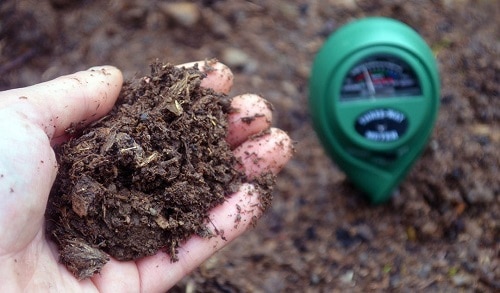Learn about 5 easy DIY Soil Tests You Can Perform at Home to check the quality of your soil and ensure your plants have great growth.
Soil tests help you determine what kind of amendments your growing medium needs for ideal plant growth. Fortunately, there are certain DIY Soil Tests You Can Perform at Home easily to ascertain the soil texture, acidity, composition, and drainage. Discover them below:
Check out our article on how to get super soil for your garden here
DIY Soil Tests You Can Perform at Home
1. Feel Test

Rub some soggy soil between fingers to have a feel of its texture. Silt soil feels smooth, sandy soil feels gritty, and clay soil feels sticky.
2. Squeeze Test

Generally, soils are categorized as sandy, clay, and loamy. Sandy soil is fast-draining but doesn’t hold moisture and nutrients. Clay is slow-draining but nutrient-rich. Whereas loam is believed to be an ideal soil due to its moisture and nutrient retaining property. It also doesn’t become soggy.
For the squeeze test, take a handful of moist soil (not wet) from your garden and give it a strong squeeze and open your hand:
- If the soil holds its shape and breaks when you give it a light poke, it means it’s rich loamy soil.
- If it holds the shape and doesn’t break while poking, it indicates you have clay soil.
- If the soil disintegrates when you open your hand, then it shows you have sandy soil.
Note: After determining what type of soil you have, you can improve its quality accordingly.
3. Earthworm Test

Worms significantly ascertain the overall health of the soil and indicate beneficial microbes and bacteria that make the soil healthy.
Dig a foot wide and deep hole and take the soil out. If you get 8-12 worms, then your soil is in good condition. If you find less than the given count, it means your soil lacks sufficient organic matter that assists a healthy worm population and may be too acidic or alkaline.
4. Drainage or Percolation Test

This test will determine whether the soil has drainage issues or not. Certain varieties of plants like culinary herbs die if roots remain too wet. You can check the drainage by:
- Dig a foot deep hole.
- Fill it with water and allow it to drain fully, fill water again.
- Keep a check and track how much time the water takes to drain.
Note: If water drains in more than 6-12 hours, the soil has poor drainage.
5. The pH Test

Soil pH is of three types–acidic, neutral, and alkaline. If the level is below 7, then the soil is acidic. Above 7 is alkaline, and if the pH value remains 7 or around 7.5, the soil pH is neutral. You can check it easily at home by performing simple tests:
- Take some soil in a bowl and add two spoons of vinegar. If you start to hear a bubbling noise, then it indicates that the soil is Alkaline.
- Add some soil to a bowl and pour two spoons full of baking soda into it. If it starts to make a bubbling noise, the soil is Acidic.
- If the soil doesn’t make a bubbling noise after adding baking soda or vinegar, then it is neutral.
We have a great article on how to check the soil pH at home here
After performing all these tests, if you feel your plants are not doing well, contact your local cooperative extension service. They will guide you to collect soil samples and send them to the laboratory for further tests and analysis.
The lab technicians will provide you a report that will warn you against any mineral deficiencies in your soil and the steps to treat the problem.


